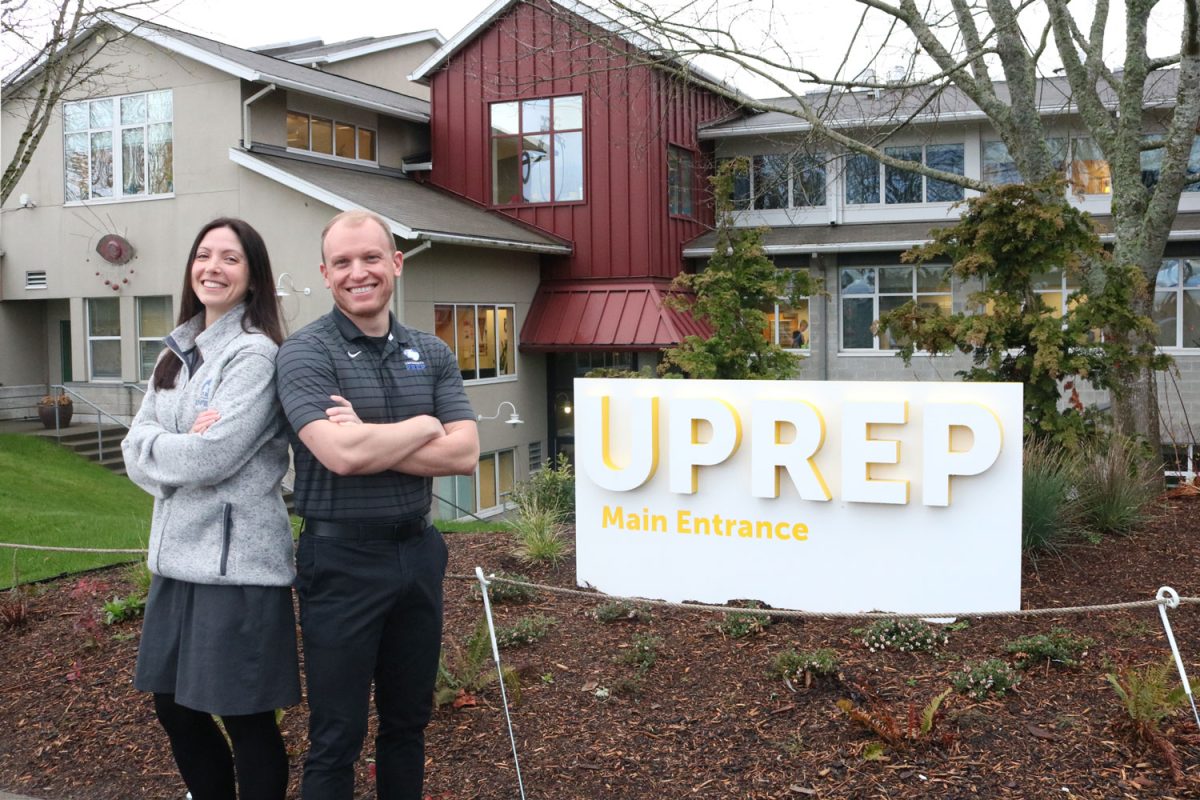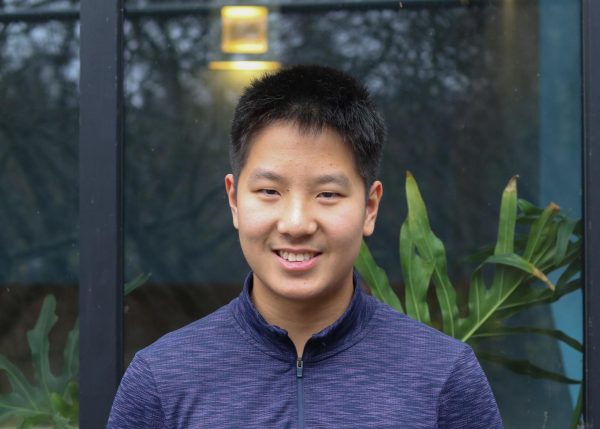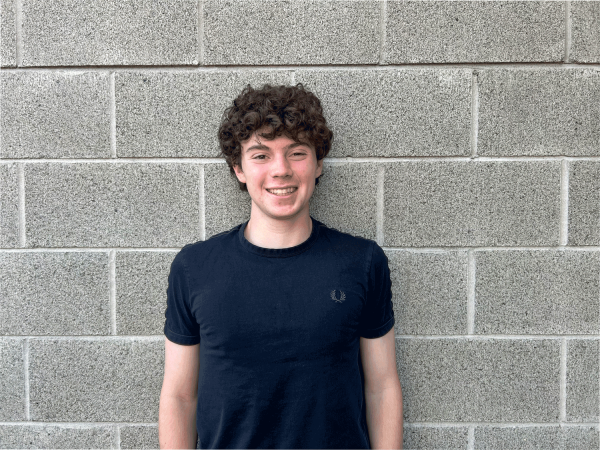
More than 200 ninth-grade applications fly through the admissions office every January. Each application is read front to back meticulously to gauge interests, personality and academic ability, passing through the critical eyes of three members of the admissions committee. According to the Associate Director of Upper School Admission Margaret Marks, it comes down to
knowing exactly what the school wants in an applicant.
“We always want to answer the question first,” Marks said. “Are they going to be a good fit for our academic program, and what diverse interests are they bringing into our community?”
A rubric created by the admissions teams assesses all applicants, attempting to obtain an accurate profile of them. It attempts to negate bias when evaluating students’ interests, grades, recommendations and many other factors.
“Within the rubric system, everything is weighed equally,” Director of Enrollment Management Ryan Hannon said. “Even if a reader has a preference, it’s not going to matter because of the way that scoring within the rubric works.”
Based on his experience of working in admissions as a college student, Hannon believes that recommendations from teachers give the admissions office a clear picture of who the applicant is.
“At the time of my undergrad, your recommendations were a better indicator of success than anything else in a student’s file,” Hannon said. “And th
at’s always stuck with me because those teachers are working directly with that student and can tell you a lot about their strengths and areas of opportunity.”
In addition to teacher recommendations, Marks values parent evaluations of students.
“[The parents] have lived with that student for many years, and there’s a place where parents and guardians can note strengths, weaknesses and talk about the things that the student has experienced in their previous school,” Marks said. “That can be really helpful because they know their students better than anyone else does.”
Parents and teachers are instrumental in understanding a student, but tasks such as the student interview offer opportunities for students to tell UPre
p about themselves and what they can contribute to the community.
“Why do you want to be at UPrep? And what are you going to get out of this experience?” Hannon said. “They have the time during their interview to articulate why they’re interested in UPrep and what they would bring to the school.”
In fact, incoming ninth-grader Chloe Crick’s favorite part of the admissions process was the interview with a current UPrep teacher.
“Even though they were asking me questions, it still felt like a conversation. I also got to ask my own questions at the end, so it was nice to have one-on-one talking time, too,” Crick said.
Crick believes that both the in-person interview and online application materials that she submitted sufficiently allowed her to display her personality and interests to the schools she applied to.
“It did show most of who I am,” Crick said. “Because with the essay and the interview and everything combined, I felt like I got to show who I was pretty fully.”



